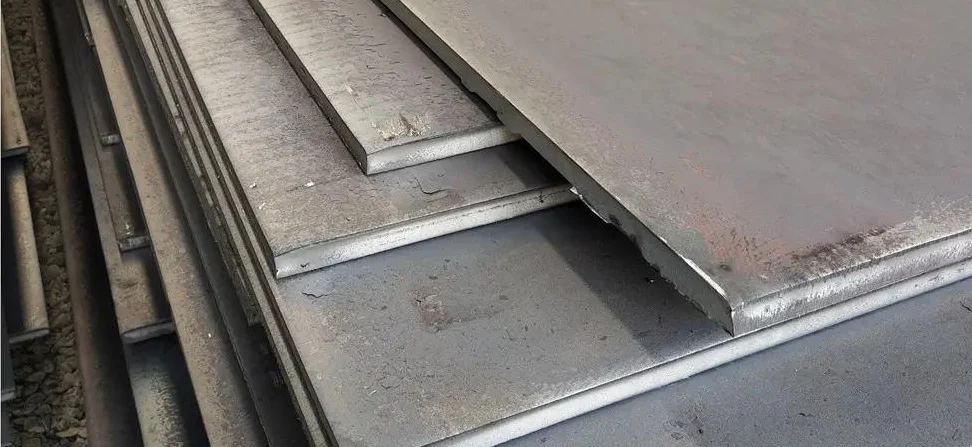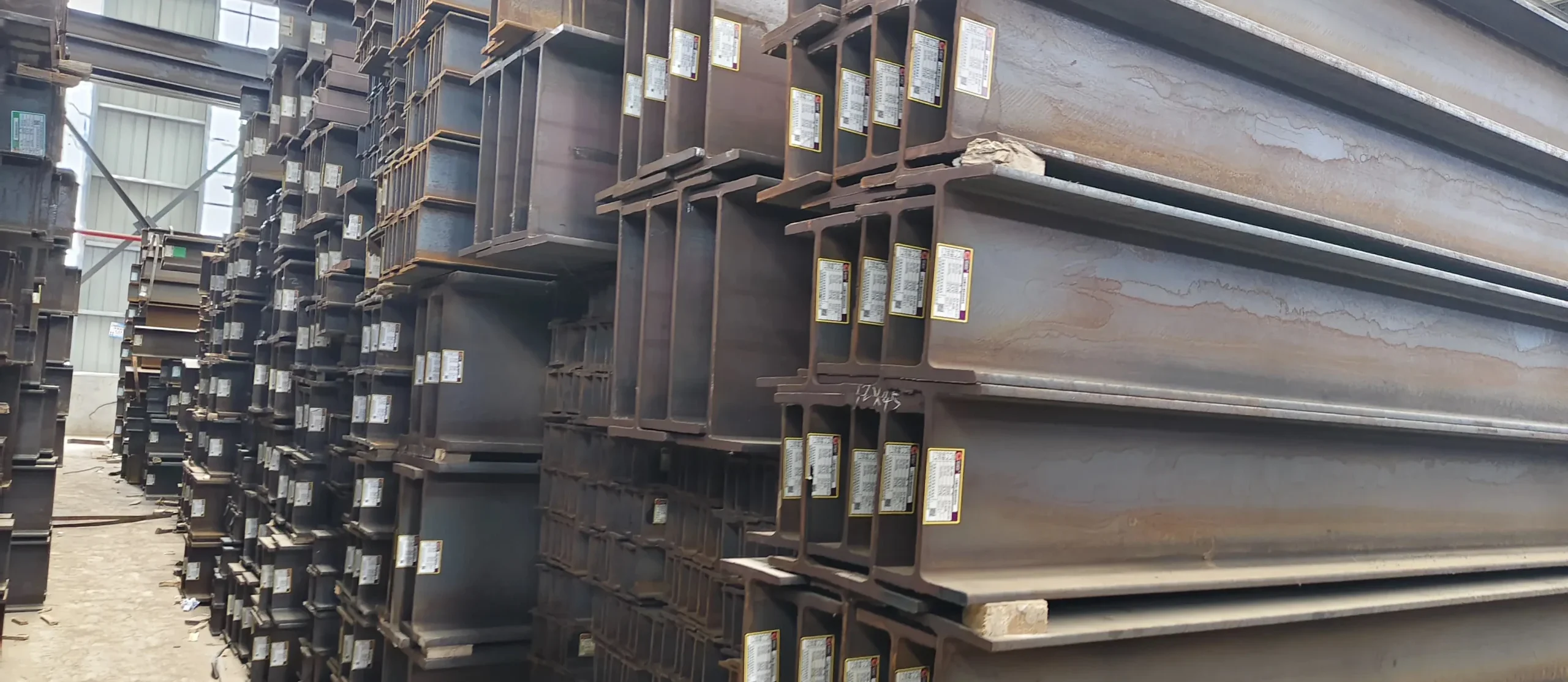Why stainless steel welded pipe will rust after welding
All the beneficial characteristics of 304 stainless steel welded pipes will be damaged in the production and processing methods, such as mechanical welding processes like electric welding, laser cutting, sawing, punching and bending.

Under such a treatment, the anti-oxidation film on the surface layer of the stainless steel pipe will be damaged to some extent, and it is unlikely to maintain spontaneous and thorough passivation treatment. Therefore, at this time, the stainless steel welded pipe will cause partial corrosion, even under relatively weak corrosion standards.
Stainless steel welded pipes will be air oxidized faster at the inner and outer sides of the weld and near the weld. Compared with that before electric welding, the air oxide layer in the discolored area is relatively thick, and the composition is changed (the chromium content is reduced), which promotes the weakening of the ability to resist partial etching.
For the interior of stainless steel welded seamless steel pipes, a moderate back blowing method can be used to make the air oxidation and discoloration area smaller according to the application.
After electric welding of stainless steel welded pipes, post-weld treatment processes such as pickling, passivation and milling must be carried out to remove air oxide layers (colored plates) and repair the corrosion resistance again.
Other solutions include: chemical method: pickling passivation (using pickling paste or sprayer according to immersion), auxiliary passivation treatment (after pickling passivation) and chemical polishing; mechanical method: sandblasting removal, interlayer Glass or porcelain particles are shot blasted, annihilated, washed and polished.
Related article: How To Distinguish Between Annealed And Unannealed Stainless Steel Welded Pipes



